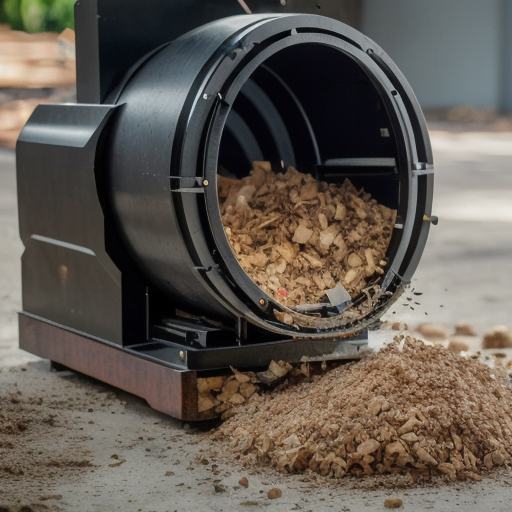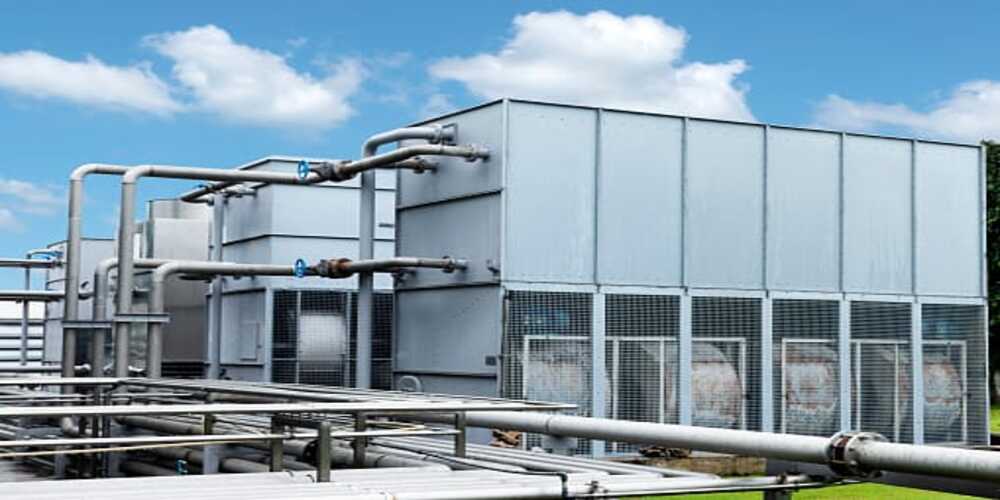The foreign of Steel and more so warm and hot forging has been proliferating because this method produces high-quality Steel products. As forging Technology adoption increases there are more and more Steel forging components that are penetrating the market. Still forging is being used to make lots of products such as casting and machines.
In this article, we are going to talk about steel as metal or the forging of Steel. We will also discuss the benefits of using Steel forging components. There are a lot more things that you need to know about steel forging so if you are interested thoroughly read this article. So without any further delay let’s get started.
About Steel Forging
Steel forging is a very important industrial pass that involves the shaping of Steel into the desired form. The Origins of Steel forged can be traced back to Old times real blacksmith use his technique to produce tools, weapons, and other works of art. Now modern technology conversely converts this steel forging into a highly advanced and efficient process.
Now still forging is used to make lots of useful products for numerous industries. This process is highly recommended to lots of industries to run their business. This process is now used on a daily basis. So let’s explore the processing and benefits of steel forging.
Processing of Steel Forging
Selection
This process started with the selection of Steel. The appropriate raw material is selected very carefully to get the ideal properties such as strength and resistance to wear. To ensure the quality of the final product it is highly important to select the best raw material. High-quality raw material is very important to get a perfect finish.
Preheating
Before starting the actual process the chosen raw material is heated at a specific temperature. This is a very important step. Preheating raw material helps to reduce the forging forces that are required to enhance the material’s plasticity. With the help of a preheating step, it is easier to shape the material without cracking.
Method Selection
After preheating, the method of working is selected. There are a total of three methods that are used to shape the metal. Open die forging is the method in which steel is placed on a flat surface and then hit by Hammer to Shape Up. Most died forging in wall pressed forces for shaping the material while seamless Rolled ring for gain is you make cylindrical shapes
Processing
In the final step processing of metal, one specific method is selected according to a specific product. If the product shape is difficult or highly detailing closed die forging is used if it is simple shaping open die forging is preferred. In the same way, if cylindrical shapes are needed seamless rolled method is used
Benefits of Steel Forging
Strength
Team forging significantly improves the strength and ability of components. This process makes Steel resistant to pressure impact and wear. Still forging increases the strength of the metal by making it long-lasting and reduced. The durability of items also increased with this process.
Improvement of Structure
Not only the friend but improvement in structure also happened when forging of Steel is done. During this process, the Steel grains structure aligns the component share resulting in the improvement of the Mechanical properties of steel. This Grand refinement increases the Steel performance under load and stress.
Versatility
This is a highly versatile process that is capable of producing a wide range of shapes and sizes. The adaptability of metal makes it suitable for application across various industries. Fogging of steel is highly used in lots of other fears including automotive field construction and manufacturing.
Final Words
In conclusion the adoption of Steel to gain components for industries that use different parts. Still forging is highly used in lots of industries like automobile industries such as cars or motorcycles. With the help of Steel forging Technology, more forging manufacturers are coming up and providing high-quality Steel products.









